First, the relationship between temperature and the growth of wolfberry nutrition
With the decrease of temperature, the vegetative growth will be completely weakened, and it will enter the dormancy period in winter, and the growth of the root system will stop until the spring of next year. There are two stages of growth knots, young pupa or some new development areas are not very obvious, in fact, its growth law has not changed, due to the relationship between pruning and other management measures such as pest control, promote a large number of new shoots in summer growth. And the result is constant.
Spring growth: Generally, in late March, the sap begins to flow when the temperature exceeds 1°C; the buds begin to sprout when the temperature reaches 6°C or more in the middle of March to mid April; and the temperature reaches 10°C or more before and after April 20th. leaf. In the second half of April, following the exhibition of leaves, it entered the spring shoot growth period until the temperature reached 20°C in mid-June, and the spring shoots stopped growing. From July to August, the highest temperature in the year (average of 22°C to 25°C in ten days) arrived. The long leaves that sprout in the spring enter the autumn deciduous period.
Autumn growth: Generally, in the middle and early August, the buds begin to sprout in autumn, and the temperature starts to fall in mid-August. When the temperature reaches 19°C~13°C, the autumn shoot gradually stops growing. When the temperature falls below 12°C in late October, it enters. Winter deciduous dormancy period.
Second, the relationship between temperature and the growth of new shoots
New shoots are the main source of new results each year.
Spring shoots, the general growth period in late April to late June, about 50 to 60 days, the temperature in the 13 °C ~ 22 °C growth period from early May to early June. The temperature of 15°C~20°C is the most suitable temperature condition for the growth of spring shoots.
There is no stable spring shoot growth, the number is less. Its growth began from August 20th, when the temperature decreased from high; from late August to early September is the peak of growth, the average daily growth of more than 1 cm, the temperature range of 18 °C ~ 24 °C; after the temperature dropped, The autumn shoot growth slowed until early October, when the temperature dropped to around 12°C and the growth stopped.
The temperature in the spring growing season is from low to high, the temperature range is 5°C~25°C, and the growth period is up to 4 months. In the autumn growing season, the temperature is high and low, and the temperature range is 24°C~12°C. Short, less than 3 months. Due to the short growing season in autumn, the weather is cold; early frost comes, resulting in the late autumn fruit can not be normally mature.
III. Relationship between temperature and blooming
Acacia flowering has a long fruiting period. The general spring-summer flower and fruit period lasts for more than 3 months from the end of April to mid-August; the autumn flower and fruit period is one and a half months from early September to mid-October. In spring and summer, the temperature of flower and fruit period is between 12°C~26°C. Among them, buds have lower temperature during flowering and higher fruit ripening period. In the ten days, the average temperature is 16 °C ~ 23 °C when the most suitable flowering, fruit ripening period of 20 °C ~ 25 °C is appropriate, the autumn flower and fruit period is short, the average temperature is low, the general average temperature of 11 °C ~ 20 °C, so the autumn If not mature enough.
There are old and new fruit branches. The old eye branches are full bloom in mid-May, full fruit period in mid-June, seven-inch branches are full bloom in early June and fruitful in early July; the fruit period lasts more than 3 months from mid-June to mid-September, and one fruit is The duration of flowering to maturity is about 2 months. The number of flowering during the day accounted for 93% during the day and 7% during the night. In the daytime, the morning was the most, accounting for 39%, followed by the afternoon, accounting for 36%, and the afternoon at least, accounting for 25%.
The period of fruit and fruit is the period when nutrients are consumed the most. In this period, it is necessary to strengthen management and create favorable conditions within half a month. There is less flowering in the afternoon, so watering and spraying can be done in the afternoon.
4. Relationship between Soil Temperature and Growth of Alfalfa Roots
When the temperature reaches above 0°C, the root system begins to grow. At the end of March, when the local temperature reaches 4°C, the newborn absorbs roots to accelerate growth. When the local temperature reaches 8°C to 14°C in the middle and early April, there is a maximum of the average growth length in the spring and the maximum density in the spring. After that, the temperature rises; the above-ground part accelerates growth, and the newly absorbed root strength weakens and stabilizes in a normal growth state. In the period from late July to mid-August, the soil temperature is between 20°C and 25°C, which is compatible with the autumn growth on the ground. The growth of the root system shows the maximum growth in autumn. After late August, the temperature gradually decreased, and the growth of the root system weakened accordingly. Until the end of October or early November, the ground temperature dropped below 10° C. At this time, the root activity weakened and basically stopped growing.
According to the rules of root growth and activity, loosening and soil-changing measures should be taken at the beginning of its growth to create suitable conditions for root growth. According to the relevant data, it is confirmed that the alfalfa is resistant to the high temperature of 60°C on the edge of Xinjiang desert. When wintering at a low temperature of -54°C, some of the thin and thin branches freeze-dried, and the trunk and main branches can still grow over winter.
Disclaimer: Some articles in this website have been transferred from the Internet. If you are involved in third party legal rights, please inform this website. phone
Reflective tape
Jerry tape has a wide range of reflective tapes. Our reflective tape has different kinds of materials, and they are suitable for diffierent applications. Blow are the ranges we have:
1) Advertisement grade Reflective Sheeting
Our advertisement grade reflective sheeting also have different serious: 3100, 3200, 5100, 5200, 7100 and 7200.
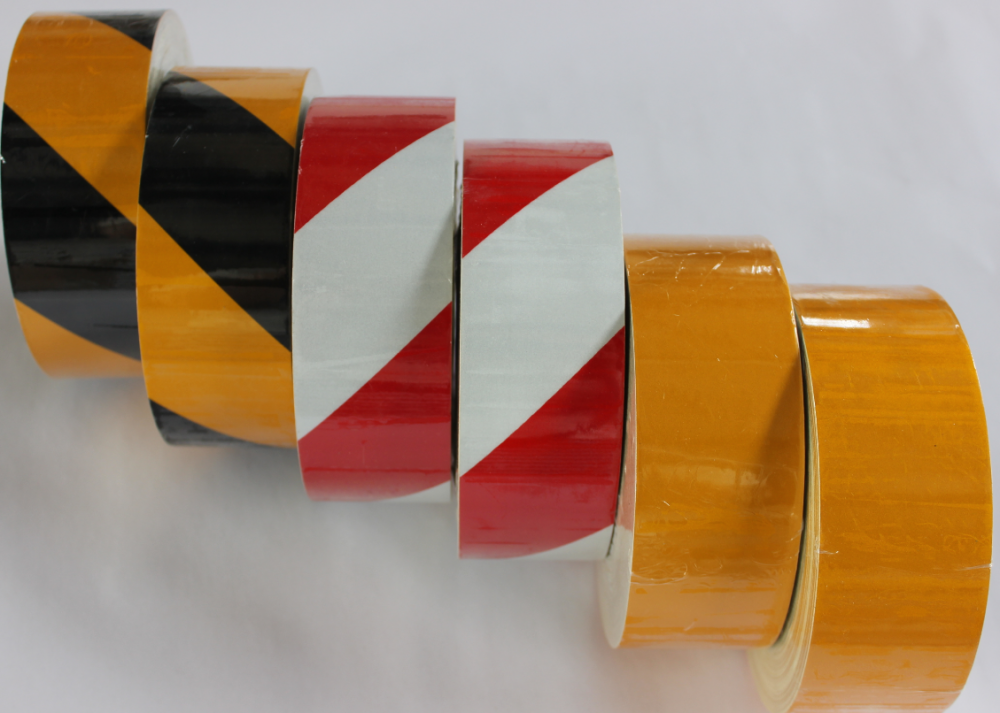
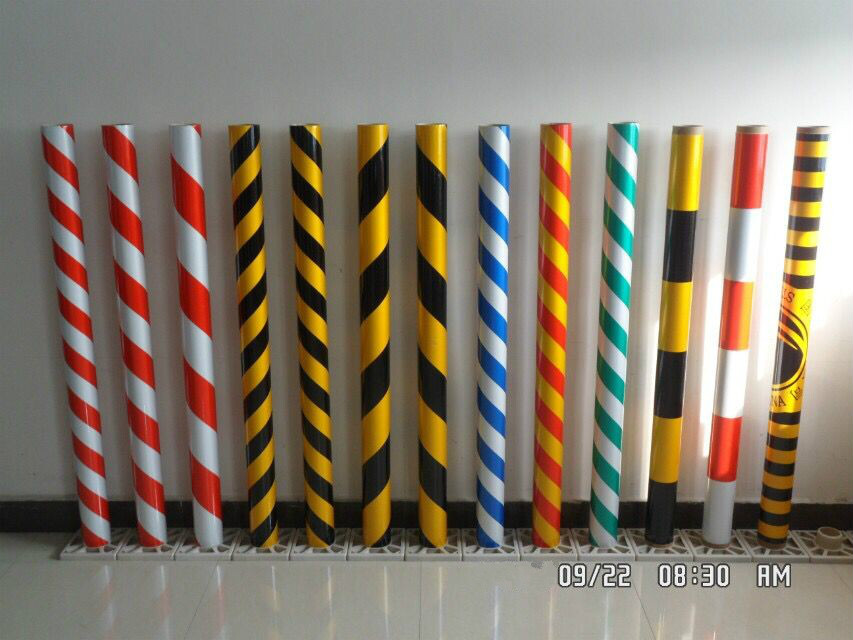
Which is based on PVC material, more bright, service life is 1~3 years.
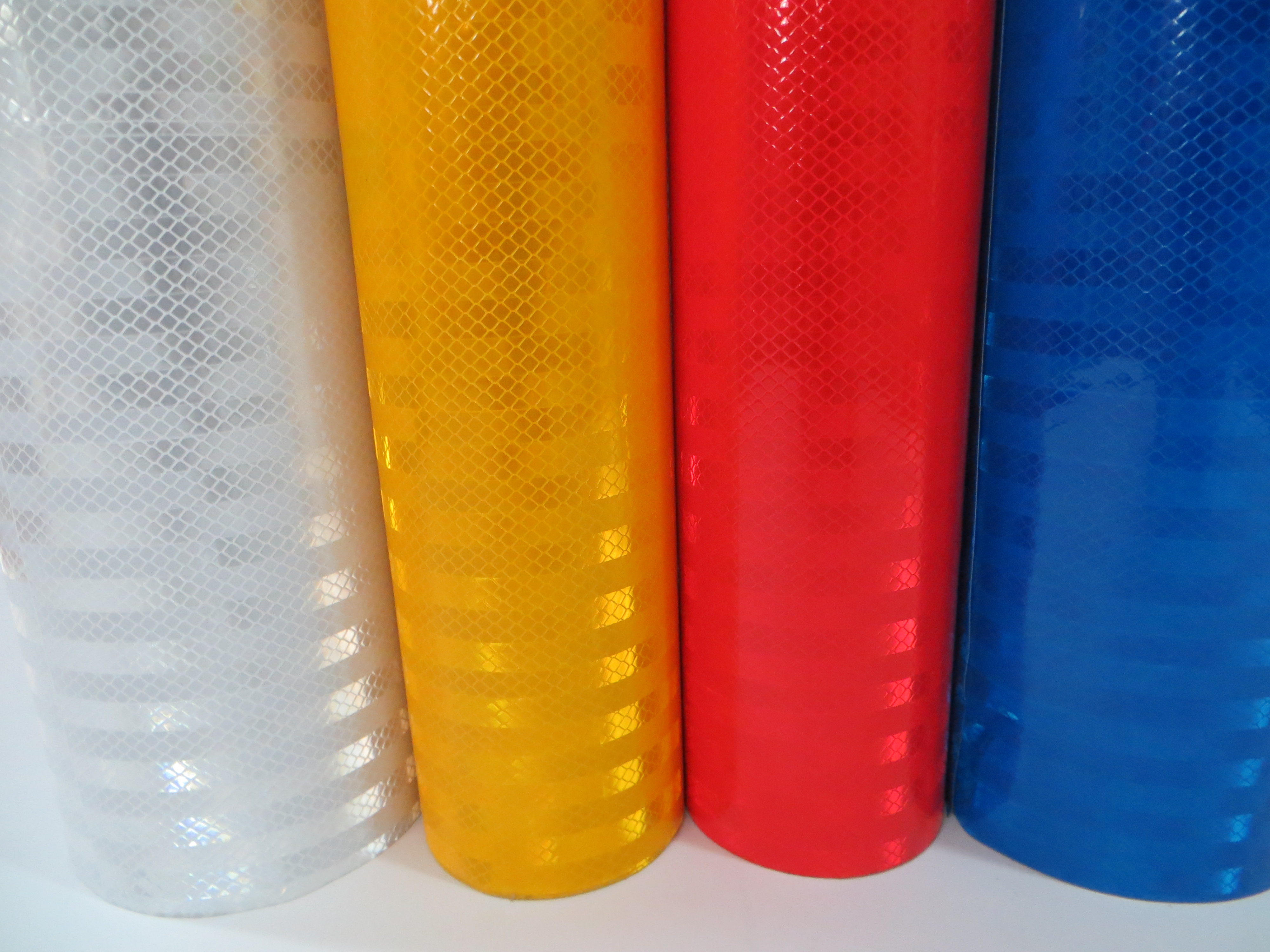
3). High intensity grade reflective tape
Based on first class PET/ PC/ Acrylic material, adopted reflection principle of glass beads, has better reflective effect and longer service life. Also has DOT-C2 and Solas certificate.
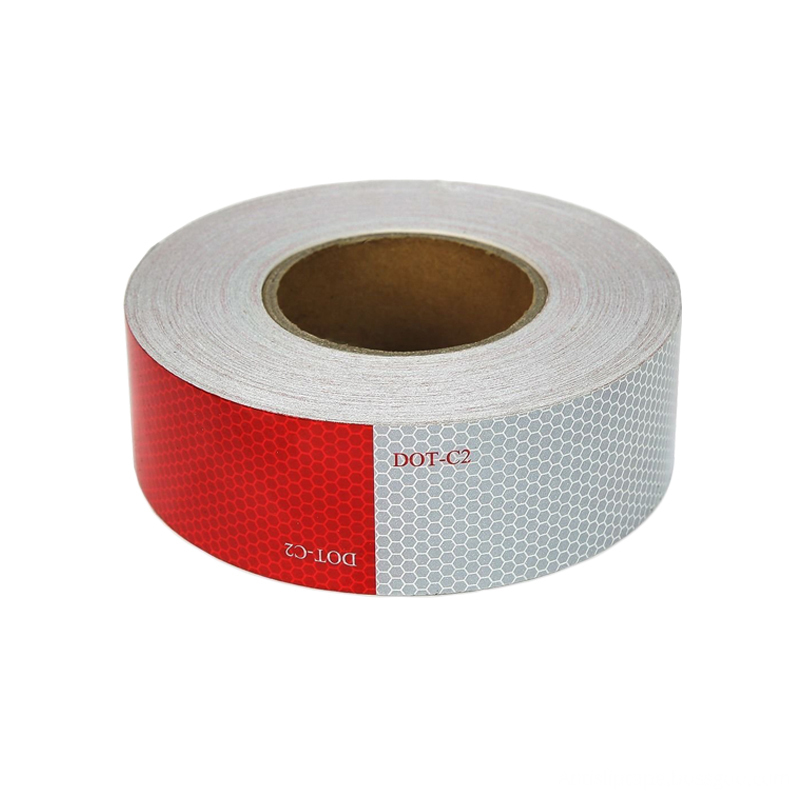
4). Micro prismatic grade reflective tape
This grade of reflective tape is based on the Reflection principle of diamond prism, has perfect reflection and longer service life, can meet the application of freeway, heavy-duty vehicle, etc.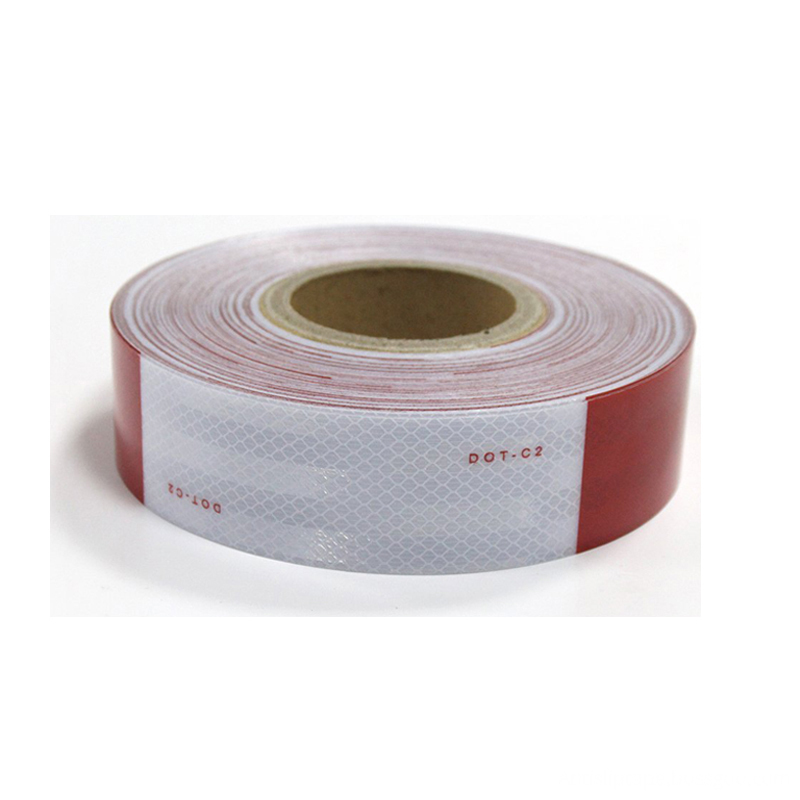

Reflective Tape,Reflective Strips,Reflective Duct Tape,Reflective Safety Tape
Kunshan Jieyudeng Intelligent Technology Co., Ltd. , https://www.jerrytape.com